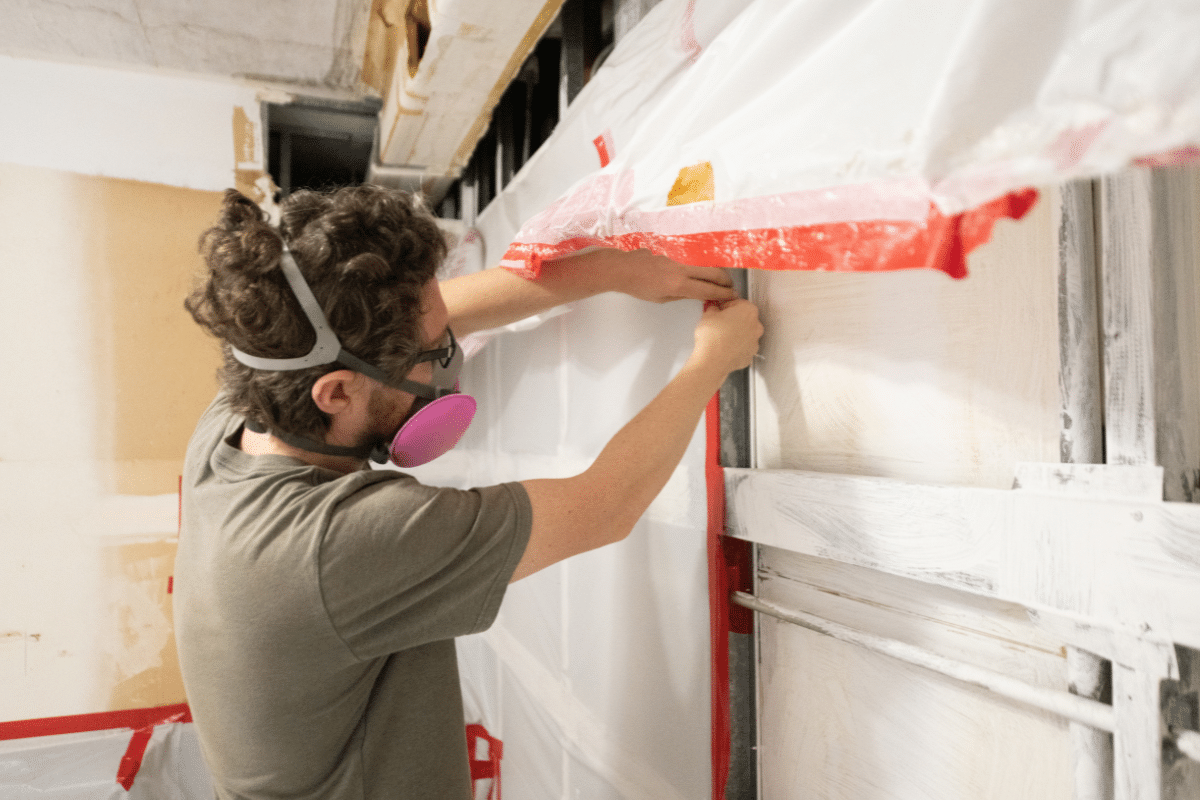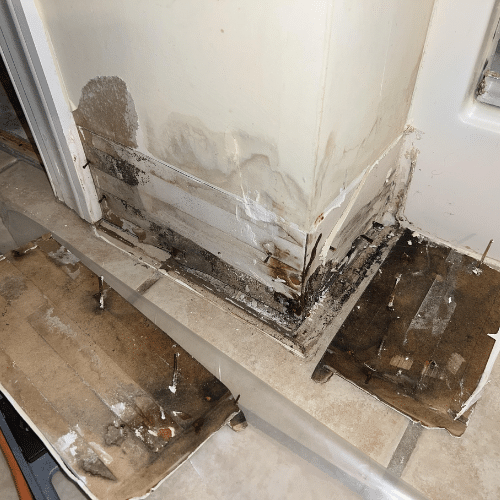The Silent Invader: How to Detect and Remediate Mold in Your Home

Understanding Mold and Its Impact on Health
Mold is a common yet potentially harmful organism that thrives in moist environments within your home. Detecting and working to remediate mold effectively is crucial because it can cause health issues. These can range from minor irritations such as sneezing and coughing to more severe reactions like asthma exacerbation and allergic responses. Mold reproduces through tiny spores that float through the air, making them easy to inhale without even realizing it. The key to managing mold-related health problems is early detection and effective remediation.
The Basics of Mold Detection

Detecting mold in your home is the first critical step toward ensuring a safe living environment. Mold can often be identified by its musty odor and appearance—commonly seen as black, green, or white patches that spread over walls, ceilings, and other surfaces. However, some mold growth is not immediately visible. For this reason, homeowners should consider using moisture meters to check for hidden dampness in walls and floors or employ a professional mold inspector who can use advanced tools like infrared cameras.
Choosing the Right Mold Testing Method
Once you suspect mold growth, verifying its presence and extent through testing is essential. Over-the-counter mold test kits can be a starting point, but they often provide limited information. For a more comprehensive analysis, professional testing is recommended. Professionals use various methods, including air sampling, which measures the concentration of mold spores in the indoor atmosphere, and surface sampling, which tests for mold on physical surfaces. These tests help identify the mold type and the appropriate remediation strategy.
Health Risks Associated with Mold Exposure
The health risks associated with mold exposure can be significant, particularly for individuals with respiratory conditions, weakened immune systems, or allergies. Mold exposure can cause chronic coughing, wheezing, eye irritation, and skin rashes. It can lead to respiratory infections and worsened asthma symptoms in severe cases. Understanding these risks is crucial for prioritizing mold remediation in your home.
Safe Mold Remediation Techniques
Remediating mold safely is vital to prevent its recurrence and to protect your health. Homeowners can often handle small areas of mold (less than 10 square feet) using gloves, masks, and other protective gear. However, larger infestations require professional intervention. Professionals use advanced techniques such as HEPA vacuuming, damp wiping with mold-specific cleaning agents, and containment and negative air pressure to prevent the spread of spores during cleanup.
Preventing Future Mold Growth
Prevention is always better than cure, especially when it comes to mold. Ensuring your home remains dry and well-ventilated is key to preventing mold growth. Use dehumidifiers in damp areas, ensure good airflow, and fix leaks promptly. Using mold-resistant building materials in high-moisture areas like bathrooms and kitchens can also help keep mold at bay.
When to Call a Professional
While some minor mold issues can be tackled with DIY methods, extensive mold damage often requires professional remediation. Knowing when to call in experts is crucial. If you are dealing with large areas of mold, if the mold is in your HVAC system, or if there is significant water damage, it’s time to contact a professional. They have the necessary equipment and expertise to safely remove mold and restore the safety of your home environment.
Legal Considerations in Mold Remediation
Understanding the legal aspects of mold remediation is important for homeowners. In some regions, specific regulations and guidelines must be followed when dealing with mold. Additionally, if you’re renting, your landlord might be responsible for mold remediation. Knowing your rights and responsibilities can help ensure mold issues are addressed legally and effectively.
When to Call a Professional
For extensive mold problems or when DIY remediation is not enough, it’s important to call in certified mold remediation professionals. They have the tools and training to remove mold and prevent future growth safely.
Long-Term Health and Home Maintenance
Finally, maintaining a mold-free home is an ongoing process that contributes significantly to the overall health of its inhabitants. Regular home inspections, prompt repairs of water leaks, and maintaining optimal humidity levels are all essential practices. By staying vigilant and proactive, you can protect your home and health from the silent invader that is mold.
